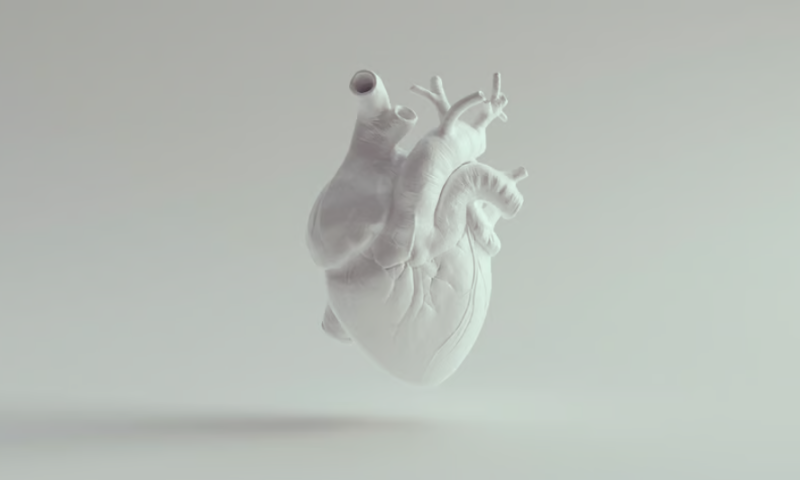When Abbott reeled in FDA approval for its first leadless pacemaker last spring, it was playing catch-up with Medtronic, whose Micra implant became the first such device greenlighted by the regulator in 2016. Now, however, Abbott is hoping to leap ahead of the competition by being the first to earn the FDA’s blessing for a dual-chamber version of the technology.
It hasn’t yet achieved the feat but is already well on its way: At the Heart Rhythm Society’s annual meeting over the weekend, Abbott presented the successful results of a trial of the Aveir DR device—data the company said have now been submitted to the FDA as part of the system’s application for approval.
Like standard pacemakers, the leadless iterations are typically meant to be used by people who experience pauses in their heartbeats or have been diagnosed with bradycardia, in which the heart beats slower than normal.
Unlike their larger predecessors, however, leadless pacemakers are miniaturized devices that are implanted directly into the heart to emit electrical pulses that help maintain a steady rhythm rather than being placed under the skin near the collarbone and reaching the heart via thin cardiac leads. Abott’s Aveir DR system, for one, is smaller than a AAA battery and is put in place in a minimally invasive, catheter-based procedure, according to its maker.
The single-chamber leadless pacemakers currently on the market are placed in the right ventricle; Abbott’s Aveir DR system links two pacemakers that are implanted in the right ventricle and right atrium. The devices work together using what Abbott has dubbed its implant-to-implant, or i2i, technology, which wirelessly synchronizes the pair of pacemakers so they can provide stimulation to the correct section of the heart on a beat-by-beat basis.
“The vast majority of people needing a pacemaker require a dual-chamber pacemaker and would greatly benefit from a leadless device—but we’ve simply never had that option due to engineering challenges,” Reinoud Knops, M.D., Ph.D., co-principal investigator of the Aveir DR i2i study, said in Abbott’s release Saturday.
According to Abbott, the Aveir DR system met all three of its prescribed endpoints in the study, spanning both safety and efficacy. The newly released results comprise three-month findings from the first 300 participants in the study, recruited throughout the U.S., Canada and Europe.
On the safety front, more than 98% of the implants were successful, and the study had also met its desired complication-free threshold after three months—though Abbott hasn’t specified what, exactly, that threshold is.
As for efficacy, more than 97% of people implanted with the device achieved atrioventricular synchrony within that three-month period, meaning that both the upper and lower chambers of the heart were beating normally. The synchrony rate stayed around 95% as participants changed their postures and walking speeds, which Abbott said suggests the system will continue functioning properly as users go about their usual activities.
“For the first time, the Aveir DR i2i study has shown that a dual-chamber leadless pacing device is not only possible but can meet the rigors of everyday needs of pacing therapy,” Randel Woodgrift, senior vice president of Abbott’s cardiac rhythm management business, said in the release. “The results of the Aveir DR study are a strong indicator that the Aveir dual-chamber pacemakers can offer new options so that physicians can treat a broader group of people that need pacemaker therapies.”

